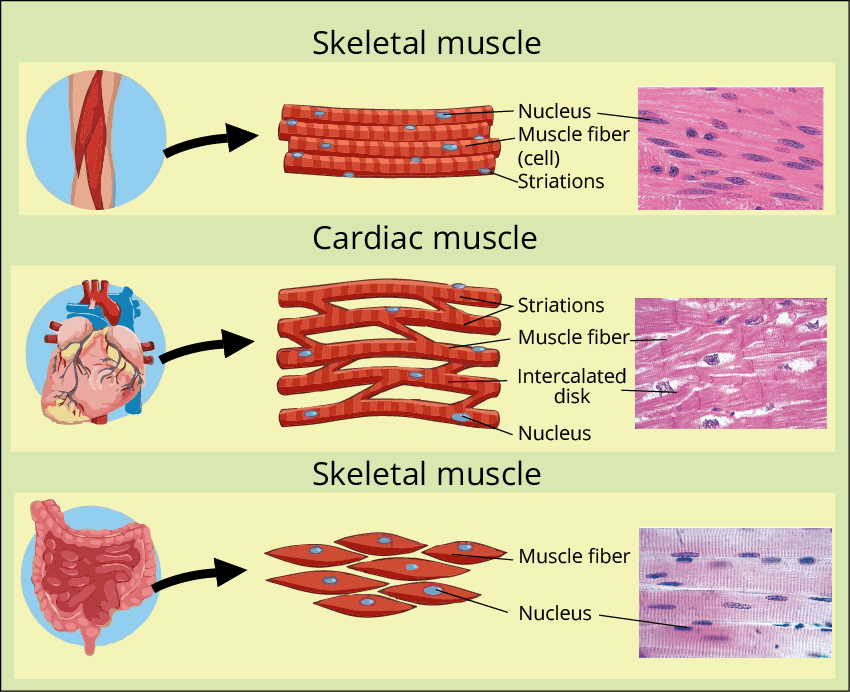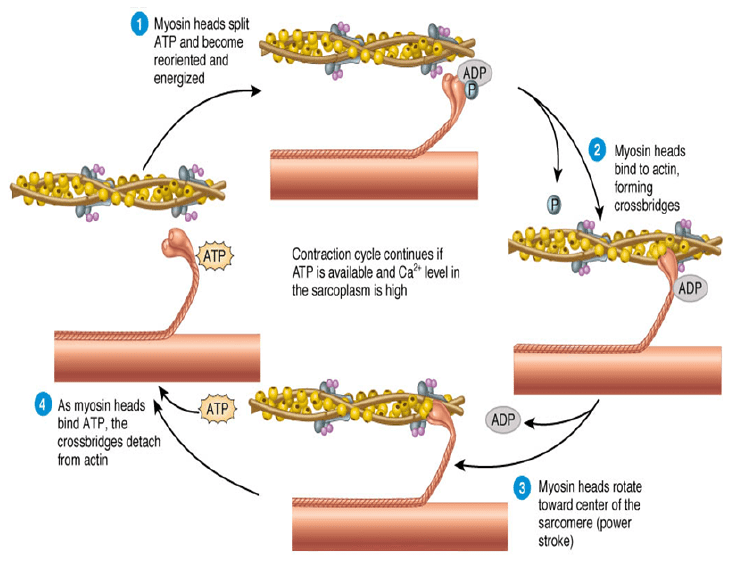CBSE Class 11 Biology Chapter-17 Important Questions - Free PDF Download
FAQs on Important Questions for CBSE Class 11 Biology Chapter 17 - Locomotion and Movement
1. Why is Chapter 17 - Locomotion and Movement of Class 11 Biology important?
Except for plants, which are immobile, living organisms display locomotion and movement as one of their characteristics. Students would have learned the fundamentals of locomotion and movement in earlier years. In Class 11, students learn more about the mechanics of movement and other related topics as they delve further into the subject. One of the most important characteristics of living things is movement. Plants and animals may move in a variety of ways. Locomotion is the voluntary movement of a person. Organisms migrate for a variety of reasons, including food, refuge, and avoiding predators. The modes of movement used by animals differ.
2. Are NCERT Solutions enough to prepare Chapter 17 - Locomotion and Movement of Class 11 Biology?
The material of the NCERT Solutions for Chapter 17 - Locomotion and Movement of Class 11 Biology is based on the textbook. The topics are taught in an easy-to-understand manner such that students can learn things easily. Wherever possible, analogies are utilised to help students prepare for their second-term exams. Keeping visual learning in mind, neatly labelled graphics for each subject are developed. Tables and points are utilised wherever appropriate to assist pupils in quickly grasping new ideas. The NCERT Solutions not only assist students with their second-term exam preparation, but they also boost their confidence to take competitive examinations such as JEE, NEET, and others.
3. What is Chapter 17 - Locomotion and Movement of Class 11 Biology about?
Locomotion and Movement is one of the chapters of Unit 5- Human Physiology, in the NCERT Biology for Class 11. The chapter discusses the types of movement that occur in both the human body and unicellular creatures. This chapter covers a variety of muscle motions, joint movements, and the skeletal structure of the body, among other essential subjects. The students will also learn about skeletal and muscular system diseases in this chapter. The use of colourful graphics piques students' attention and makes studying more enjoyable.
4. What is the weightage of Chapter 17 - Locomotion and Movement of Class 11 Biology?
The fifth unit is divided into seven chapters. The 20th chapter of the CBSE Biology syllabus for Class 11 is Locomotion and Movements. The fifth unit is one of the most significant, since it accounts for 18 points in final exams. Every chapter in this unit has a high chance of receiving the highest possible grade. Furthermore, because the NEET examinations provide a 20% weightage to these five units, students should begin studying the NCERT Solutions for Class 11 Biology Locomotion and Movement as soon as possible.
5. What is the importance of NCERT Solutions for Chapter 17 - Locomotion and Movement of Class 11 Biology?
NCERT Solutions have covered all the concepts of the Chapter 17 - Locomotion and Movement of Class 11 Biology in order to assist students in achieving excellent outcomes in their exams. The chapter's exact overview aids students in reviewing each topic before exams. Biology professors with years of experience are the ones that provide all of the correct answers with a variety of examples. Students may readily comprehend the bodily anatomy when given a diagrammatic description. Students may be confident that if they use the Locomotion and Movement Class 11 NCERT Solutions, they will receive outstanding grades and obtain the best possible scores on their exams.

























